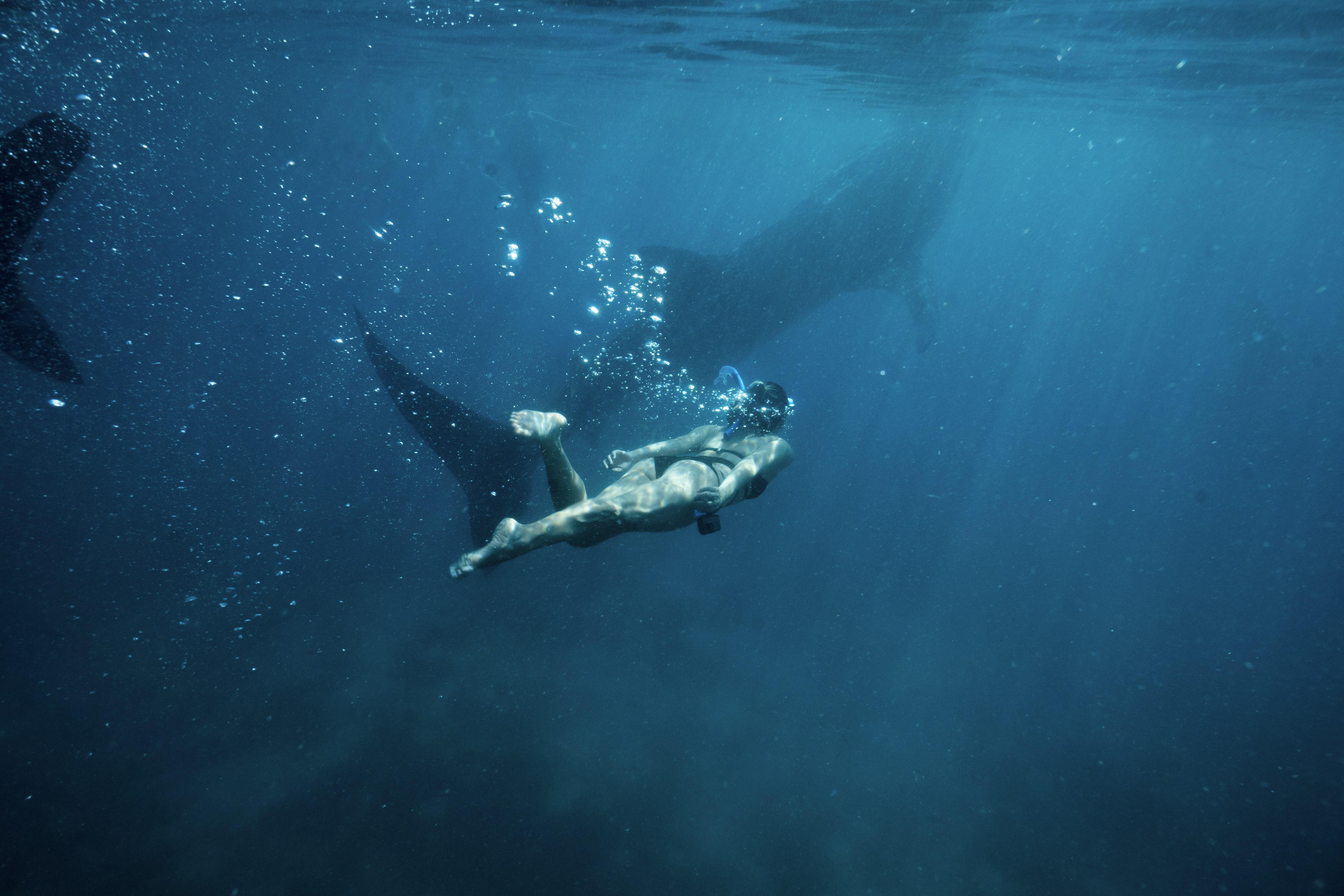In the realm of cinematic accolades, few awards carry the prestige and influence of the Academy Award for Best Picture. This honor not only celebrates artistic excellence but also shapes the cultural narrative around film. In 2018, Guillermo del Toro’s “The Shape of Water” emerged as the recipient of this coveted award, sparking widespread discussion and debate. While the film was praised for its visual artistry and unique storytelling, its selection as Best Picture has been met with criticism from various quarters. This article aims to analytically explore the reasons why “The Shape of Water” may not have been the most fitting choice for the award, considering factors such as thematic depth, narrative execution, and its competition in that year’s Oscars lineup. Through an objective examination, we will delve into the complexities surrounding this decision, offering a nuanced perspective on the film’s merits and shortcomings in the context of the cinematic landscape.
Lack of Narrative Depth and Cohesiveness
The film’s narrative, while visually enchanting, lacks the depth and cohesiveness that one might expect from a Best Picture winner. At its core, the story attempts to intertwine a romance, a political thriller, and a fairy tale, but these elements often feel disjointed rather than seamlessly integrated. Characters like Elisa and the creature are beautifully portrayed, yet their development is limited by a script that leans heavily on archetypes without offering substantial backstory or motivation. This leaves the audience craving more than what is presented, reducing complex characters to mere symbols.
Furthermore, the plot progression often feels forced, relying on predictable tropes rather than innovative storytelling. Consider these points:
- The use of stereotypical villains, such as the oppressive government agent, who lacks nuance and serves as a simplistic obstacle rather than a fully realized character.
- The romantic connection, though visually compelling, lacks emotional resonance due to insufficient narrative buildup and exploration.
- The subplot elements, such as the Cold War espionage angle, which feel underdeveloped and disconnected from the main storyline.
Such narrative choices result in a film that, while visually stunning, does not provide the layered storytelling expected from an award-winning feature.

Overemphasis on Visual Aesthetics Over Storytelling
In the realm of cinema, the delicate balance between visual allure and compelling storytelling often tips in favor of the former, as seen in the case of “The Shape of Water.” While the film is undeniably a visual masterpiece, with its enchanting cinematography and meticulously crafted set design, it raises the question of whether such emphasis on aesthetics should overshadow the narrative depth required for a Best Picture win. The film’s rich palette and imaginative world-building are captivating, but they sometimes serve as a distraction from the less robust storyline, which some critics argue lacks the complexity and emotional resonance of its competitors.
Key Points to Consider:
- The plot, although charming, treads familiar ground, offering a predictable romance without significant character development.
- Character arcs appear secondary to the visual spectacle, leaving some viewers yearning for a deeper exploration of themes and relationships.
- Narrative originality is often sacrificed for visual symbolism, which, while beautifully executed, can feel superficial when not supported by a strong script.
By placing a premium on aesthetic appeal, “The Shape of Water” exemplifies a growing trend in the film industry where style occasionally takes precedence over substance. This focus can lead to rewarding films that are visually striking yet narratively unfulfilling, raising the debate on what criteria should truly define a Best Picture winner.

Comparative Analysis with Other Nominees
- Three Billboards Outside Ebbing, Missouri: This film was a strong contender with its compelling narrative and standout performances, particularly from Frances McDormand. It tackled themes of grief and justice with a raw intensity that resonated deeply with audiences and critics alike. Its intricate character development and the exploration of moral ambiguity offered a depth that some argue was lacking in The Shape of Water.
- Dunkirk: Christopher Nolan’s war epic was praised for its technical brilliance and innovative storytelling. The non-linear narrative and the immersive sound design created a visceral experience that left a lasting impression. While The Shape of Water enchanted with its fairy-tale romance, Dunkirk delivered a gripping historical account that pushed the boundaries of cinematic storytelling.
- Get Out: Jordan Peele’s horror-satire was lauded for its originality and social commentary. It cleverly intertwined elements of horror with a sharp critique on race relations, making it a culturally significant piece. Many believed that its innovative approach and the impact it had on both audiences and the industry merited recognition over the more traditional narrative structure of The Shape of Water.
In comparing these films to The Shape of Water, it’s essential to consider what each brought to the table in terms of storytelling, thematic depth, and cultural relevance. While Guillermo del Toro’s film was a visually stunning love story that celebrated the outcasts, the competition offered narratives that were equally, if not more, compelling and resonant on multiple levels. Each nominee had its unique strengths that could have equally justified a win, making the discussion of whether The Shape of Water was the most deserving all the more intriguing.
Recommendations for Future Award Criteria
- Diverse Perspectives: Future award criteria should incorporate diverse perspectives, both in terms of storytelling and the composition of the voting body. This could involve expanding the pool of judges to include more international voices and underrepresented groups. A broader range of viewpoints can ensure that the awarded films reflect a more global and inclusive narrative.
- Innovative Storytelling: While traditional narratives have their place, films that push the boundaries of storytelling through unique structures, experimental techniques, or fresh perspectives should be given additional consideration. This encourages filmmakers to explore new creative horizons and can lead to more groundbreaking cinema.
- Impact and Relevance: Award criteria should also assess the cultural and social impact of a film. Those that resonate with contemporary issues or provoke significant dialogue can have lasting influence beyond their cinematic achievements. Incorporating this dimension can align awards with the evolving landscape of societal values.
